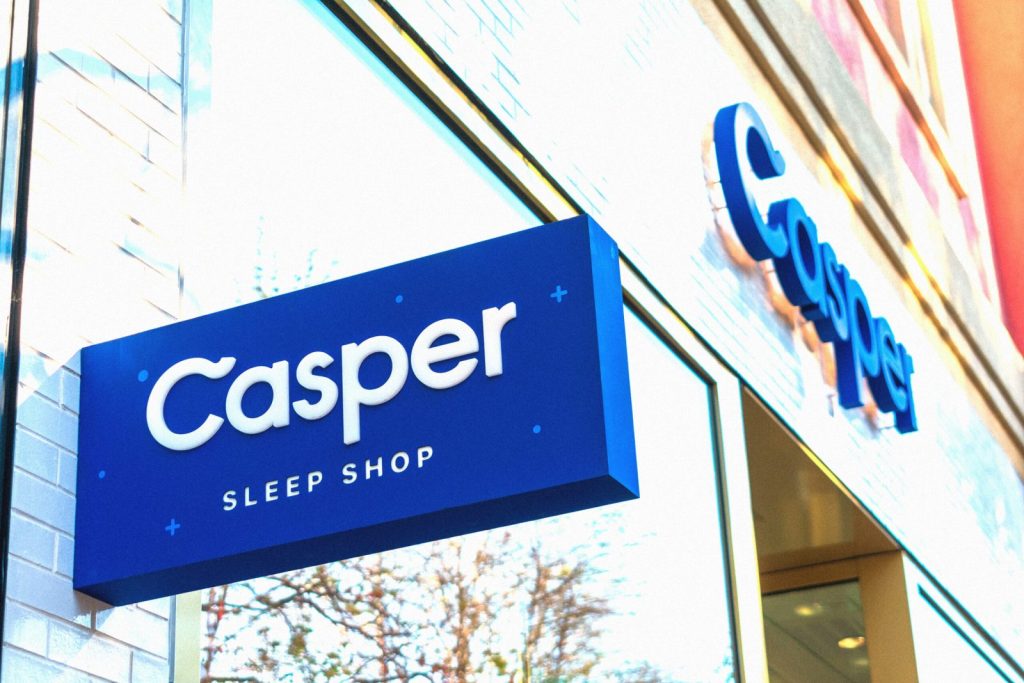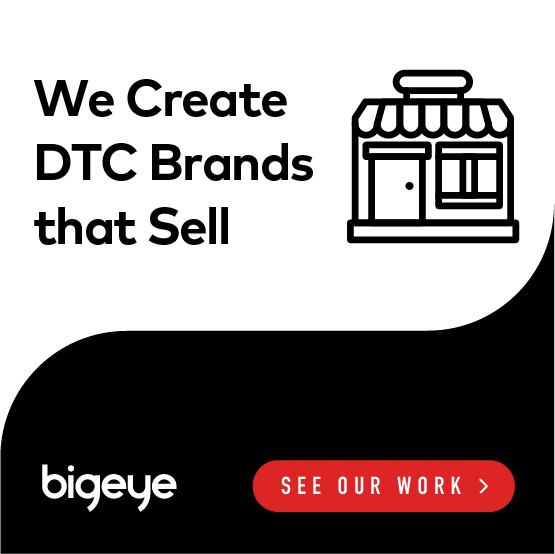
Casper’s DTC product marketing agency success: Authority content, social influencers, a fun brand, and a high-quality product.
When it comes to out-of-the-box selling techniques, you have to take note of Casper as a prime example. After all, they were one of the first companies to literally have their customers take mattresses right out of the box it was delivered in. While they’ve struggled with profitability, this D2C and digitally native mattress company has excelled at increasing revenue and brand recognition. Casper had a plan for moving their bottom line to the black too, though that’s been somewhat hampered by the coronavirus outbreak. Still, any product marketing agency can glean some valuable lessons by studying Casper’s model.
How Casper Changed D2C Marketing for Mattresses
Even though most folks spend at least one-third of their lives in bed, few consumers find mattress shopping very engaging. You’ve usually got to learn about and choose options between plush and firm, plus you need to decide between traditional, memory foam, hybrid, gel, and more. Even though most people only replace their mattress once or twice every decade, high-quality choices can range between several hundred to a few thousand dollars. So while most consumers don’t pay attention to mattresses often, they tend to spend some time considering this occasional purchase well.
This can add up to a customer experience that’s often somewhat boring and stressful at the same time, which may explain why lots of consumers probably don’t replace their mattresses as often as they should. Since most mattresses are also large and bulky, customers may also have to consider the difficulty of moving it themselves or paying even more money for delivery. Mostly, consumers have to go to all of this expense and trouble for something that they generally cover up with a sheet and forget about until they decide they need to buy a new one. For most consumers, shopping for a mattress may feel more like a chore than an adventure.
What’s different about Casper’s direct to consumer advertising and marketing?
With its direct to consumer advertising, Casper changed this experience from a typically poor one to something that its target market, millennials, wanted to associate themselves with. Instead of having consumers go to a furniture or dedicated mattress store to consider dozens of different options and make a purchase, Casper set out to convince customers they had perfected the perfect mattress for everybody. At first, they just started with the Original model. In turn, people could simply order by that one product on the internet and get it delivered in a box to their door.
Instead of thinking of getting a somewhat modestly priced mattress delivered in a cardboard box as inferior, Casper set out to make consumers perceive their model as fun, progressive, and sensible. To be fair, according to Forbes, the company’s two founders lived on the fourth floor of a walkup apartment when came up with the delivery-in-a-box idea. Instead of struggling to get a mattress home or adding to the expense by paying movers, customers could simply have their purchase mailed to them. That worked out both easier and cheaper.
Casper’s D2C marketing hacks: digital and print content
Mostly, any consumer marketing agency should take note of the way that Casper employed content marketing to position themselves not just as an online mattress brand but as authorities in the entire sleep industry. Besides blog, social media, and video posts, they also created their own magazine, Woolly. According to the magazine’s about page, it focuses upon wellness, comfort, and modern life.
The publication’s not specifically about mattresses or even sleep but contains satire, modern art, essays, and advice. It attracts the sort of audience that the company believes would also consider sleeping on a Wooly mattress but certainly isn’t the digital version of a Casper infomercial. Woolly has been described as authentic and creative, probably exactly the way that the Casper brand wants to position itself.
Casper’s advertising to their target market
The company’s also supported it’s visibility by courting social influencers and celebrities. One of the most famous examples is a social post by Kylie Jenner, picturing herself moving into a bare apartment with just a Casper box on the floor beside her. According to HubSpot, that one ad doubled net sales. They also post cheerful ads in such locations as New York MTA stations and invest in TV ads.
What advice could a D2C marketing agency give Casper?
Judging by revenue, Casper has run very effective marketing and advertising campaigns. They’ve certainly introduced a new generation to a new way of buying a very traditional product. Still, they have a couple of problems that have hampered profitability:
- Infrequently purchased item: People don’t buy new mattresses very often. Even if Casper might convince customers to ditch their old mattress in favor of their product, they won’t have a chance at a repeat sale for several more years. Also, high-quality mattresses usually cost at least a few hundred dollars, so many people want to see and feel the product before they buy it.
- Supersized marketing budget: Gartner says average companies spend between 10 and 12 percent of their revenue on marketing. In the last few years, Casper’s has ranged in the mid-thirties to mid-forties. In comparison, Wayfair spent about 16 percent.
Casper is on the way to fixing some of these issues. For one thing, they’ve started to introduce other sleep-related products to their mix. Examples include frames, pillows, and bedding. Now they even sell a line of gifts that includes dog beds, weighted blankets, and a glow light that they say helps people fall asleep. With the massive investment they make in promoting their brand, they’ve realized that they need to encourage repeat sales with smaller and more impulsive purchases.
Like other online retailers, Casper has also realized that they’re missing out on a lot of customers by keeping their products out of retail stores. Even BarkBox has started placing pet supplies in Target, and Amazon has opened its own physical stores and purchased existing ones. Sadly for them and many other businesses, the coronavirus outbreak has dampened this effort for now.
Takeaways for a brand experience agency
Casper delivered a modestly priced, high-quality product in a new but sensible and cheaper way. They produced content to entertain, inform, and position themselves as credible authorities on sleep and wellness. They geared advertising to build their brand image as fun, innovative, and smart. Really, their only inherent problem with marketing and advertising is that they needed to keep spending too much on it. That’s particularly true when you consider that people don’t buy mattresses that often, margins aren’t that high, and lots of consumers still prefer the traditional way of buying them at a store.
They’ve been starting to address these problems, so hopefully, they can emerge as a more sustainable company after the fallout from the coronavirus outbreak. Still, it’s easy to imagine that even with that large investment, the same marketing approach would have easily made them profitable if only they were selling pillows and bedsheets from the beginning.



